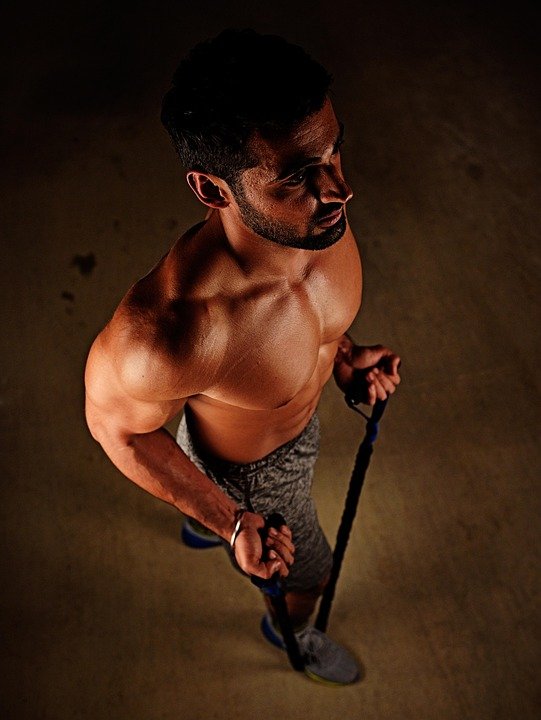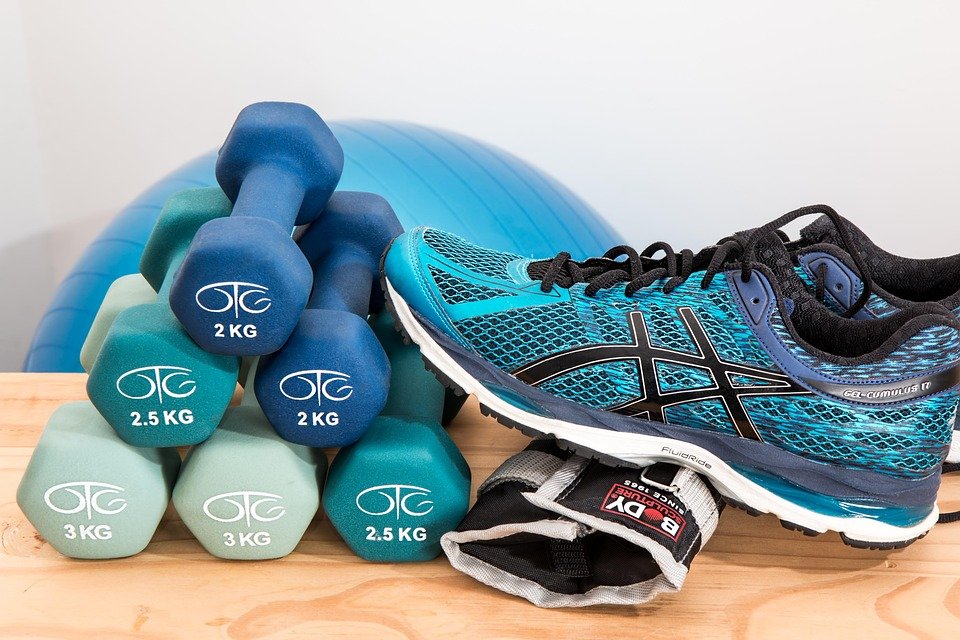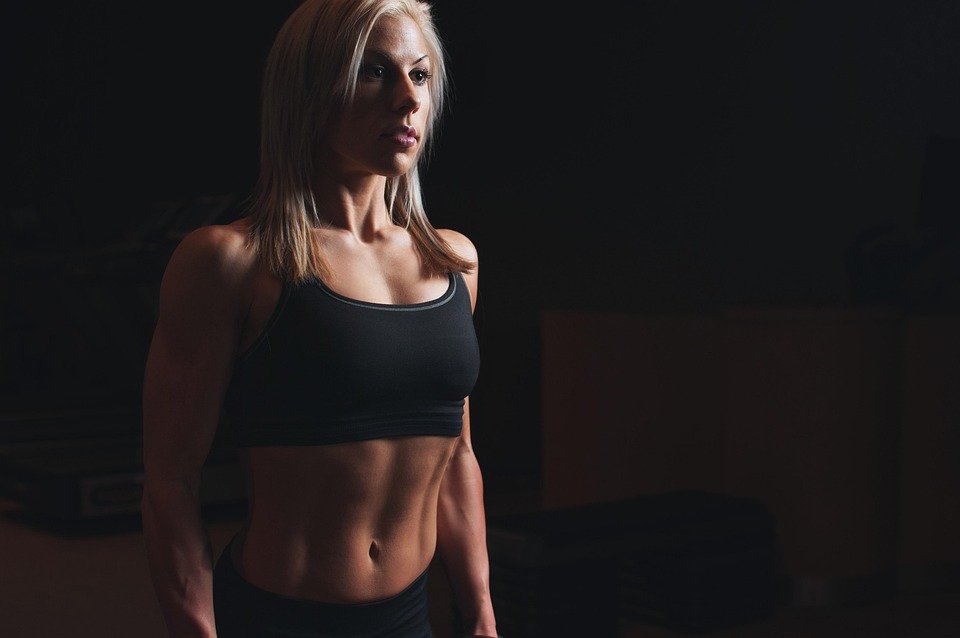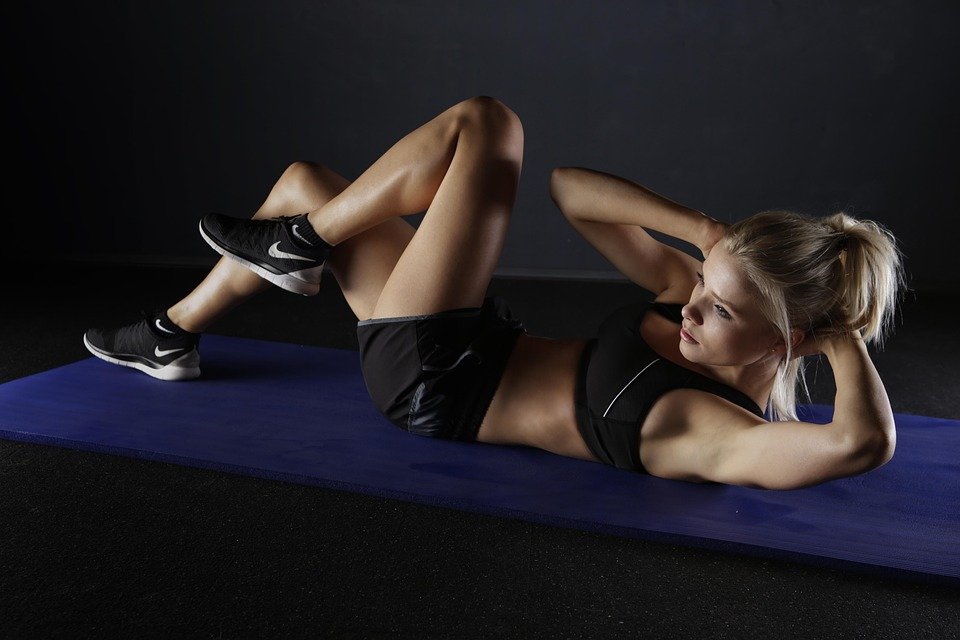In every form of adversity, there lies an opportunity. You just have to look for it and seize it when you find it. The pandemic provided a lot of the former, and Matt Choi was able to find the latter.
A former college football player for Monmouth University, Choi opted to focus on his fitness and started running at that time. That decision led him to not only excelling as an athlete, but he also decided to start making content and sharing his journey, which is how many people know him today.
“I got into running during the pandemic, which obviously now if you follow me or if you don’t follow me like you know people might associate me with running and marathons and ultra marathons and things of that sort.”
Thanks to those decisions, Choi is now inspiring many people around the world while competing at the highest level in multiple forms of fitness. While the state of the world in 2020 may have been the catalyst for this journey, the core of it originated on the gridiron.
“A lot of it came from being a former football player and then kind of having that itch and that desire to kind of keep sport in my life.”
Matt Choi’s First Marathon Experience
Choi entered his first marathon but was unable to complete it, citing not yet knowing how to best keep his body fueled during the event. The first marathon he completed on his 26th birthday was not even an official marathon. It was a personal challenge that he took on by running a 1.2-mile loop around a sports complex while he was living in Maryland.
“I completed it in 3 hours and 55 minutes, which you know was one of the slowest marathons I’ve actually done.”
That was Choi’s first, but it certainly was not his last. He has run in many more since then and feels he could improve that time by over an hour thanks to learning more about how to stay fueled, conserve energy, and pacing himself. Choi has run in many events since then, including the Boston Marathon, which he feels is one of the largest amateur accomplishments a runner can have because runners have to achieve a qualification time, then get selected to be a part of the annual event on what locals call “Patriots Day.”
“It’s a day for fellowship around sport, and I think that aspect is something that for most people when they get to experience it, it only motivates him more.”
Whether you are wanting to run your first marathon or try to reach the pinnacles of racing like Boston, there are many questions about what food should be eaten, which recovery strategies matter the most, and even what products to wear. Looking for guidance is a smart move, but Choi suggests focusing on what makes you better when making these decisions.
“I think the answer to all these questions are that it’s different for everyone,” he explained. “But the one thing I know that’s true for any runner that’s trying to do endurance in some capacities is that you need to understand how you’re going to replenish the calories that you’re losing during the attempt of doing the marathon, and that was probably the biggest thing I learned during that first one.”
Matt Choi’s First HYROX Challenge
Choi enjoys running but is not one dimensional by any stretch of the imagination. He is also an avid HYROX competitor. HYROX is a competitive fitness race that includes various challenging tasks such as push sledding a lot of weight and doing upwards of 100 wall balls with one kilometer runs in between. Those that compete at the world championship level have eight rounds of this to complete, and the fastest time wins.
After discovering the sport, which rose to prominence in Europe, by watching it online, Choi decided to try his hand at it when he entered a race in New York in 2024. His eagerness and fitness from running served him well, but he also learned some hard lessons on the fly during that event.
Choi recalled, “I ended up running an extra lap every time I ran.”
He also found that it takes a different form of stamina and ability to master HYROX but once again, instead of focusing on the adversity of the challenges, he embraced the opportunity that he saw after getting one race under his belt.
“Then it just became a new challenge for me, and I’m always curious about personally for me what I can accomplish, but then also when these new sports or workouts kind of present themselves, I like to find out how I stack up against the rest of the pack.”
Fast forward to the 2025 HYROX race in New York, and Choi got his answer. He completed the event in 1:04:52, and he is now set to race in the 2025 HYROX World Championships in Chicago, Illinois from June 12-15. Once again, he finds himself on the biggest stage and will be one of the best competing against the best.
As he closes in on that weekend, he knows the groundwork for his performance has already been laid. Now, it is a matter of being mentally and physically prepared for the big day.
“I’m going to switch some things around from a pre feeling strategy, and then also intra (calories) during the race and yeah, we’ll see what we can do.”
Obviously, Choi goes into every event he enters with a mindset to win and is well aware that he is going up against opponents, but he also understands that success is about more than where he places when he crosses the finish line. He goes into this race the same way he goes into everything he does, with a personal goal to get better.
“There’s opportunities to always set a personal best, and I think that’s how I’m thinking about going into this weekend. It’s like yeah, I might not win, but I can go and learn more about this race and how I could potentially put myself in position in the future to win.”

Media Mogul in the Making
Choi may be the one on the course or in the arena, but he also brings his followers and viewers on the journey with him through his videos and social media posts, which are seen by nearly 300,000 YouTube subscribers and over 400,000 Instagram followers.
He will also be covering the HYROX World Championships as well. When Choi is not covering events or races, he shares his training, mindset, other ways of preparation, and his feedback on the event itself through his platforms, which helps his fans feel invested and engaged in the process with him.
Like his athletic endeavors, Choi’s venture into this world began during the pandemic, and it has helped him thrive both personally and professionally.
“I want to be multidimensional, I guess is the best way to put it,” he stated. Choi approaches his career the same way he does his next race or competition. He sets his sights on an internal mission, to get better, and locks in on it.
“I can marginally improve, and I think that’s always been my framework with a lot of stuff.”

Matt Choi is Racing Toward a Better & Brighter Future
Choi’s next objective is the HYROX race in the Windy City, but he already has plans for the rest of 2025 and beyond, including one event in October where he will be teaming up with another athlete.
“I’m going to be pushing a disabled athlete at the Marine Corps Marathon with this charity called the Kyle Peace Foundation.”
The marathon is known as “The People’s Marathon” and is considered a great choice for those that want to race for the first time at that distance. Choi sees it as a chance to not only go back to the DMV where he is originally from, but it also gives him a chance to pay forward the blessings that have come his way as a result of the effort he has put in.
“I saw this as an opportunity for me to also, you know, give back to the running space, but then also to these athletes that want to experience the things that I get to experience at a very high level and a high clip, and I just want to test myself too.”
He also plans on testing himself in another marathon to see if he can set a new personal best. To see if he does it, learn more about him, and keep up with his training and events, follow him on Instagram and subscribe to his YouTube channel.
Stay tuned to M&F for coverage and updates from the 2025 HYROX World Championships in Chicago throughout the weekend.
This post is brought to you by: Source link
Matt Choi Thrives on Getting Better, 2025-07-17 11:50:00


















